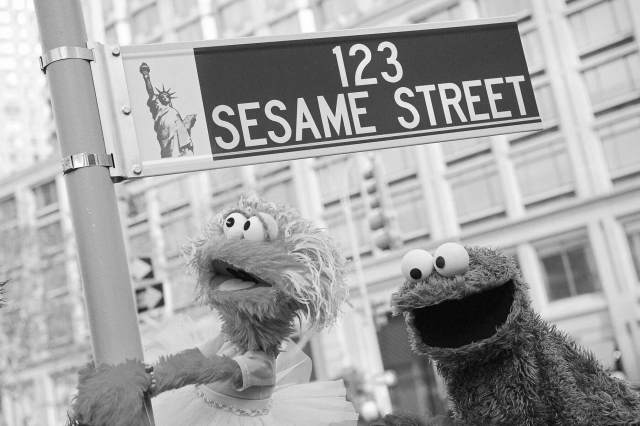Who was Darth Vader based on?
Friday, May 3, 2024
George Lucas drew a great deal of inspiration from Japanese culture when creating the Star Wars films, which is perhaps most apparent in the character of Darth Vader. |
| |
| |
|
 |
|
| G eorge Lucas drew a great deal of inspiration from Japanese culture when creating the Star Wars films, which is perhaps most apparent in the character of Darth Vader. The most feared man in a galaxy far, far away was based on the samurai, the skilled and disciplined warriors of Japan's feudal era (roughly the 12th century to 19th century). One look at the samurai's awe-inspiring black armor is enough to make the connection clear, though the similarities go beyond the surface. Lucas was greatly influenced by Japanese filmmaker Akira Kurosawa's The Hidden Fortress, transposing several aspects of the 1958 samurai drama onto his 1977 space opera; everything from the Imperial crest to the fact that a princess leads a rebellion can be traced back to Kurosawa's film. "The one thing that really struck me about The Hidden Fortress," Lucas acknowledged in 2001, "was the fact that the story was told from the [perspective of] the two lowest characters. I decided that would be a nice way to tell the Star Wars story… which in the Star Wars case is the two droids." |
|
|
| Over the years, many have speculated that Darth Vader was even based on a specific samurai warrior, the famed Date Masamune, a feudal warlord born in 1567 and known as the "One-Eyed Dragon." Masamune lost an eye, grew up in a time of political instability, and was disliked by his mother before becoming a ruthless leader who struck fear in the hearts of his enemies and underlings alike — all of which parallel the story of a certain Sith lord born Anakin Skywalker. |
|
 |  |
|
|
 |
|
| |
|
| Height of David Prowse, who played Vader in the original Star Wars trilogy | | | 6'6" |
| | | Date Masamune's age when he won his first battle | | | 14 |
| | | Date Masamune's age when he won his first battle | | | 14 |
|
|
|
| Amount Disney paid to acquire Star Wars in 2012 | | | $4.05 billion |
| | | Year the feudal era ended in Japan | | | 1868 |
| | | Year the feudal era ended in Japan | | | 1868 |
|
|
|
 |
|
 | | Did you know? |
|
|
"Return of the Jedi" almost had a much darker ending. |
|
| Darth Vader wouldn't be such a memorable villain if he weren't also a tragic figure who ultimately redeems himself. That redemption comes at the end of 1983's Return of the Jedi, the third installment in the franchise, when Vader dies protecting his son, Luke Skywalker, from the Emperor. As originally written by Lucas and Lawrence Kasdan, however, that sequence was much darker. According to Kasdan, Lucas first pitched this idea (to which Kasdan enthusiastically agreed): "Luke takes his mask off. The mask is the very last thing — and then Luke puts it on and says, 'Now I am Vader.' Surprise! The ultimate twist. 'Now I will go and kill the [Rebel] fleet and I will rule the universe.'" |
|


posted by June Lesley at 4:01 AM












![]()
![]()






0 Comments:
Post a Comment
<< Home